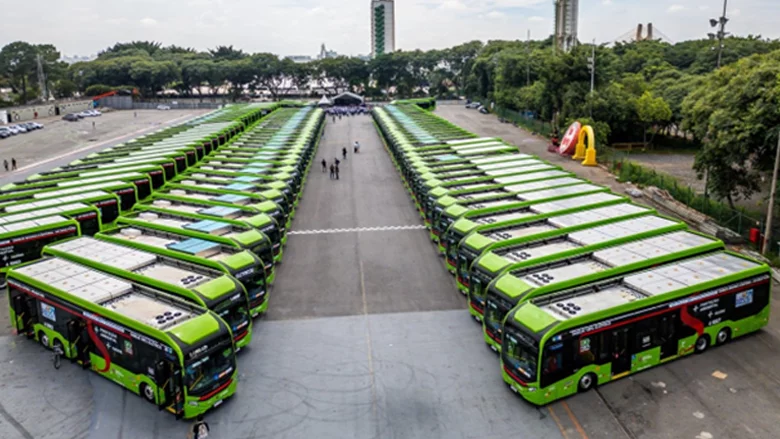Public Transport Maps are probably one of the most common forms of graphic communication (Avelar, 2002) and certainly one of the most recognizable cartographic items in the world (Ovenden, 2005). They are present in most developed urban areas and help million of users to navigate through their cities every day. Public Transport Maps have become effective visual tools for communicating spatial concepts and presenting navigation information –such as routes direction, transport modes, stations, connections, landmarks, etc.– through a particular graphic language and design techniques.
Designers’ recognition and control over this language and techniques not only affects the visual characteristic of the map and the users interaction with the network, but also their interpretation of the city and other contextual conditions. Perhaps, for these reasons -and despite several attempts from computer science and transport authorities to automatize and normalize their construction- the design of most Public Transport Maps still relays on designers’ criteria.
The following thesis presents the main design issues regarding the conceptualization and graphic construction of Public Transport Maps through several case studies. It pretends to identify the different aspects and elements that should be considered in their design and how they are graphically represented.
The first part of this thesis introduces and contextualizes Public Transport Maps as a complex communication artifact through two emblematic cases: London’s Underground map and New York’s subway diagram. Afterwards, it looks at the main conditions that shape their design, such as the transport system, the user, the context and the mapmaker.
The second part examines the elements, attributes and graphic operations commonly symbolized by mapmakers worldwide, through a comprehensive survey of international cases. It also establishes an analytical framework based on cartographic and typographic principles that may support design processes of Public Transport Maps and further studies on the subject.
The third part presents insights regarding the construction of Public Transport Maps and compiles guidelines and recommendations for those involved in this process.
It finally synthesize above observations reviewing the design process of a Public Transport map recently developed.
This thesis pretends to support mapmakers in their graphic decisions and make a contribution to the current multidisciplinary discussion on the field, from the point of view of a practicing designer.
Download the full thesis here.











